
Structure can refer to anything that gets physically and tangibly built. Familiar structures are houses, bridges, amphitheatres, pergolas, and bus stop shelters. This may be just me talking, and not the dictionary, but structures imply strength and durability. An igloo is a structure that is very durable and liveable in the appropriate climate. A pergola can be variously built to support a clematis vine, or a wisteria. Structures of stone, as in the pyramids in Egypt, have existed for many centuries. A classical cathedral in Europe has a physical structure in the form of flying buttresses that permits great height and lots of glass. A bridge enables overhead foot or vehicular traffic. Structure might refer to an armature inside a sculpture. This waterbridge built in Magdeburd Germany in 2003 (photo from Twisted Sifter, April 2011) is a spectacular example of structure.

Structure can also refer to those things that have a different sort of physical presence. A well written paragraph has a structure, as does a haiku, or a limerick. A classical opera has a structure which might better be described as a form, or an organization of certain elements. Paintings are structured by their edges, no matter what shape those edges take. The composition of a painting has a structure that may vary greatly. A 16th century religious painting may have plenty in common with a painting by Picasso, but their structures have distinct differences.

Baseball and scrabble both have rules which structure how the games are played. Physically exhausting games such as hockey are structured very differently than chess. Imagine a game (this implies a structure) or sport (this emphatically implies structure) with no structure. One person might show up with a bat in a neighbor’s basement-then what? That person would need to create a structure based on the physical limitations of the space and his solitary tool, and create a game. Alternately, 50 people might show up in snowmobile suits, swim trunks, shoulder pads and helmets, with bikes or decks of cards in a parking lot, or on a mountain top. Then what? The game would be created, rules would be established. Teams would be chosen, or every person for themselves would compete against a goal, or a standard. Or perhaps everyone would read from their favorite book-to what end would have to be decided.
This is a long way of saying that great landscapes and gardens benefit from some structure. This does not mean they need to be formal, or traditional, or boring. It means there is a deliberate arrangement of each element. The relationship of one element to the next is deliberate. As in organized. Organized spaces are pleasurably easy to follow, both visually, and physically. A path leading to an abrupt dead end with no visual prize is frustrating. A landscape that suggests certain relationships is intriguing, satisfying.
Visual organization comes in lots of different forms. Evergreens planted in shapes or lines provide structure that is evident in every season. This boxwood parterre/sculpture provides a framework for seasonal plantings. Were nothing else planted, the landscape would still read. In all of the seasons.
A large pot set in a meadow can organize, or focus the eye. The edges of a meadow might provide it with structure. Very architectural plants can provide structure. In wild places, species will colonize areas that provide them with optimal conditions. Every aspect of nature, beginning with the arrangement of molecules and ending with the arrangement of the solar systems is about structure.
Grass can comprise those spaces left over once garden or landscape beds are cut. Or they can have a powerfully purposeful shape. In this case, the lawn covers sculpted soil. The amphitheatre organizes a large space, and provides direction as to where to walk, or where to hold a concert. The structure of this lawn makes it makes friendly to people.
These four matching Italian pots and myrtle topiaries visually mark the walkway from the house to the side garden. As that walk crosses over the driveway, it is a good idea to provide some structure-as in “slow down before you cross-check out these topiaries while you are waiting.”
This cutting garden is enclosed by a stepped hedge of yews and boxwoods. During those parts of the year when this ground lies fallow, the garden will still have a shape, and some enclosure. It will still compell the eye.
This contemporary garden is very structured. A wall of green in the form of Thuja Nigra, a single tree and a sculpture make for a very minimal, but visually satisfying landscape. Imagine the sculpture without the green wall behind it-I am guessing it would be barely visible against the visual noise from the houses down the street. Imagine the sculpture without the tree-lonely and disconnected. Imagine the tree and the arborvitae hedge without the sculpture-sleepy. The relationship and placement of each element is deliberate, structured. This structure makes the experience of the landscape an interesting one.
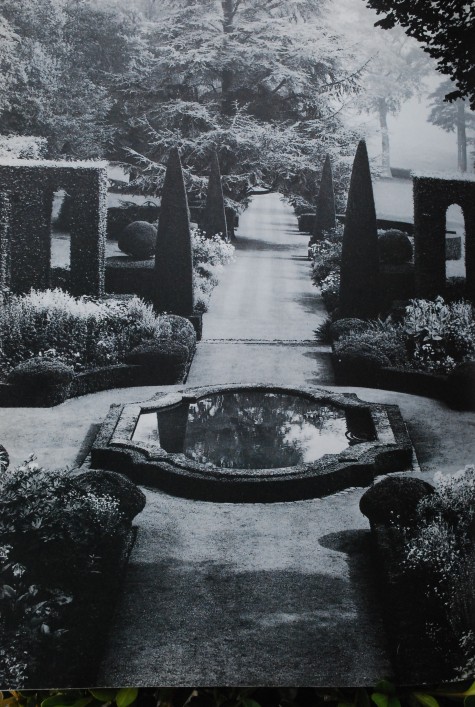
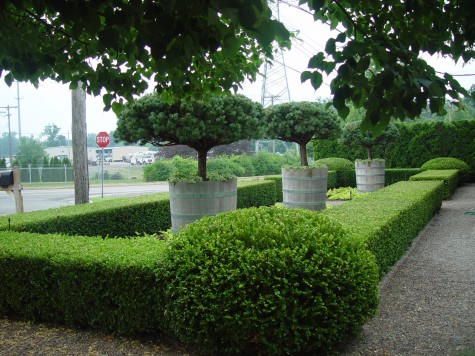
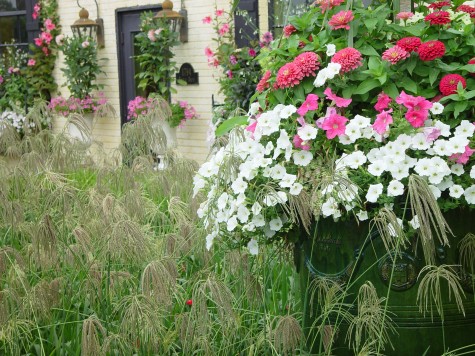
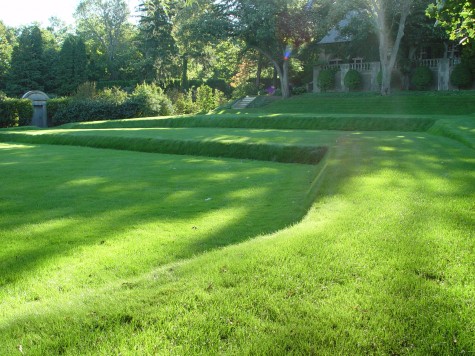
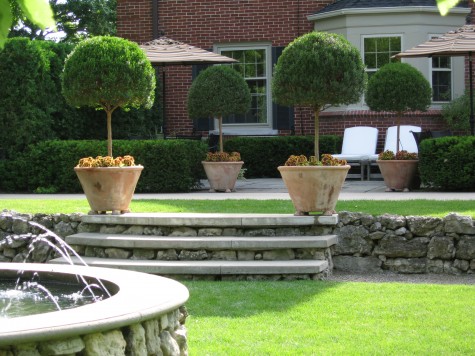

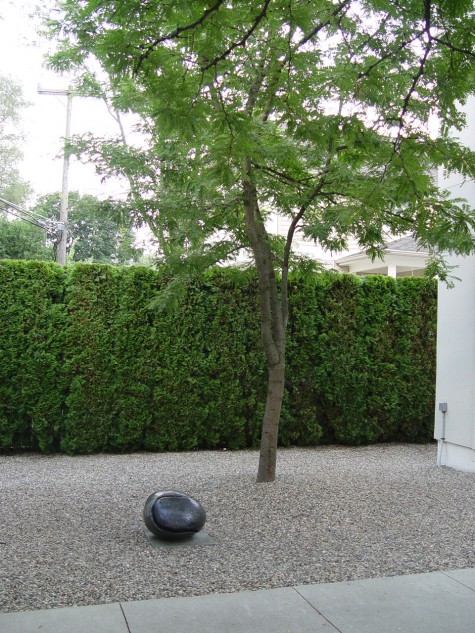
what a well put post. thank you!
All you had to do was show the first pic, no caption.
Thank you for the laugh.
XO T
Tara, I had a great time writing this. I am happy to hear that that shows. Deborah
Enjoyed reading your post.